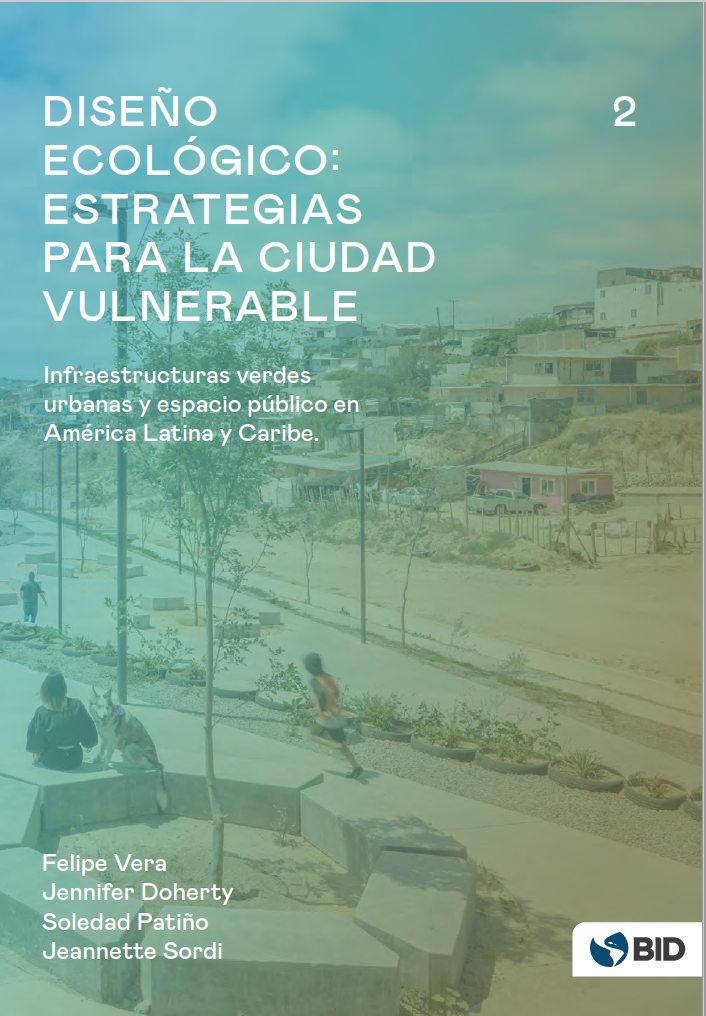Urban green infrastructures and public space in Latin America and the Caribbean
- TIC UNESCOSOST

- Dec 27, 2022
- 2 min read
The book "Ecological Design: Strategies for the Vulnerable City. Urban green infrastructures and public space in Latin America and the Caribbean" presents 30 public space and green infrastructure projects developed in Latin America and the Caribbean in the last twenty years, highlighting the case of the socio-environmental recovery and transformation development of the Morro de Moravia, coordinated by the UNESCO Chair on Sustainability of the UPC.
In line with Vision 2025, the "Ecological Design series of publications. Strategies for the Vulnerable City", developed by the IDB Housing and Urban Development Division, seeks to measure the impacts of the climate crisis on the most vulnerable parts of our cities, marginal, informal, precarious areas, and explore strategies that can help to improve spatial and environmental quality, as well as the need to increase resilience to climate events, accessibility to urban services and economic opportunities.
The publication includes a series of data and graphic elaborations on the main issues and opportunities, an atlas of risk and vulnerability for the informal city, strategies for intervening in public space and housing, and a design manual that presents a catalog of solutions. architectural, technical, plant species and materials, to implement nature-based solutions, of limited economic cost, simple construction and maintenance.
This volume presents a series of case studies and scalable and replicable strategies focused on the design of public space and the construction of green infrastructures for
improve the quality of the most vulnerable urban settlements in different contexts
of Latin American cities. Green infrastructures offer multiple advantages to improve the quality of public space and increase the urban resilience of the most vulnerable settlements. These include actions to protect, sustainably manage, and restore natural or modified ecosystems, effectively and adaptively addressing societal challenges while simultaneously providing benefits for human well-being and biodiversity.

In the first part of this publication, the social, economic and environmental advantages of intervening in public space through nature are highlighted, outlining a series of criteria and implementation strategies.
In the second part, 30 public space and green infrastructure projects developed in Latin America and the Caribbean in the last twenty years are presented, distributed in various biogeographical regions and inserted in very dissimilar contexts. It includes the analysis of the conditions of said environments, their main risks and background of the projects, the solutions adopted, the construction and implementation processes,
the environmental and social benefits provided and their evolution over time.
Download the Book: Here
.





Comments